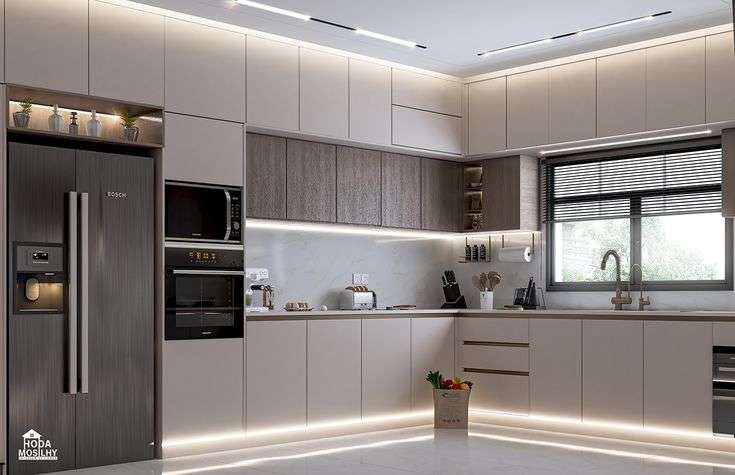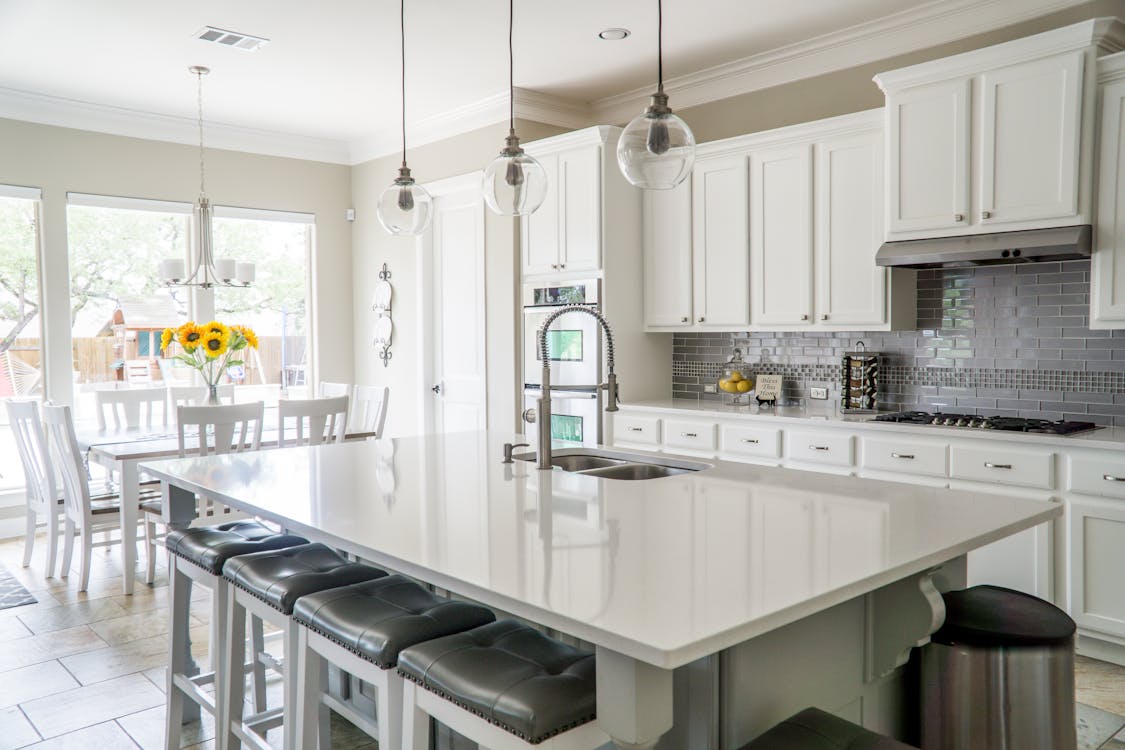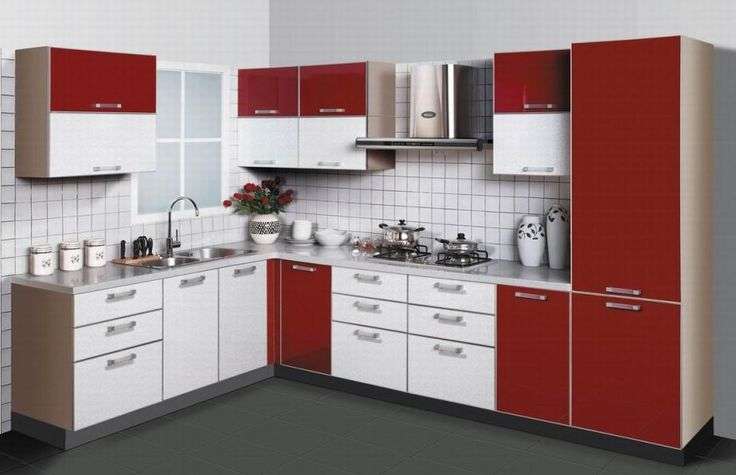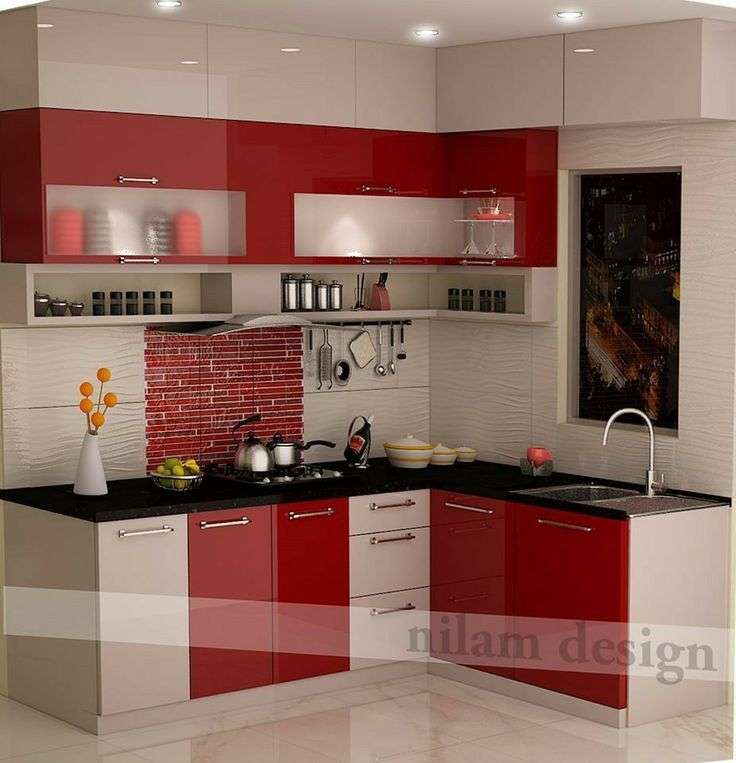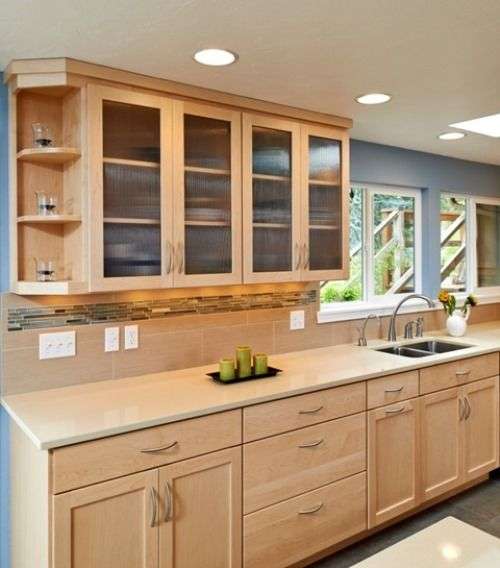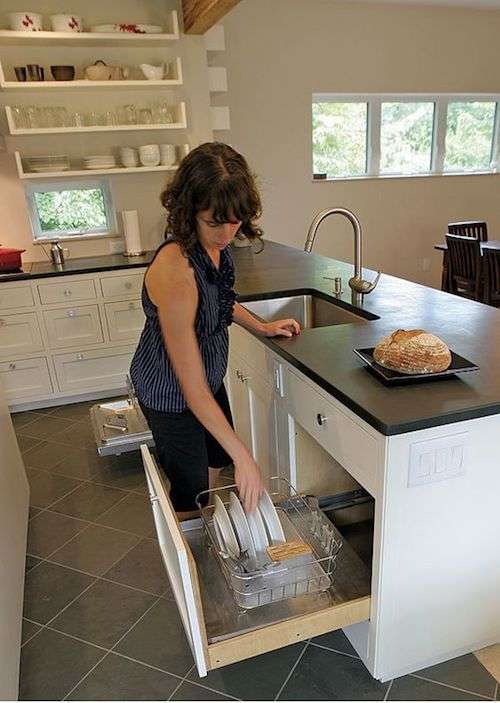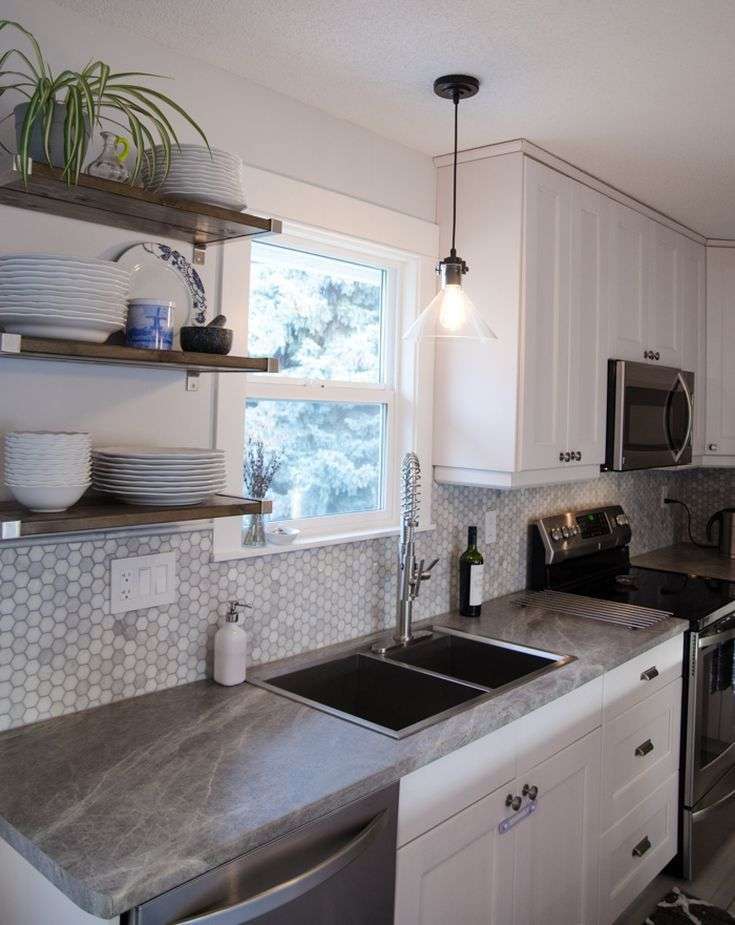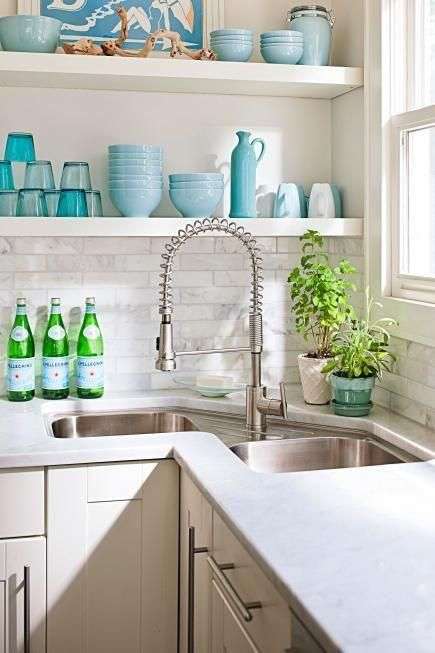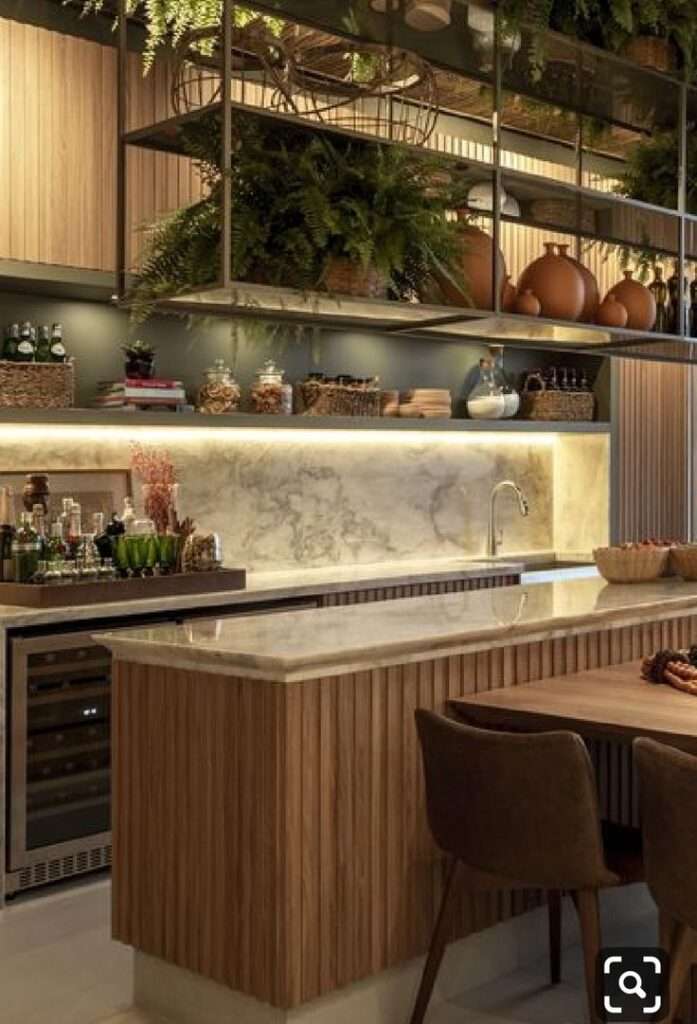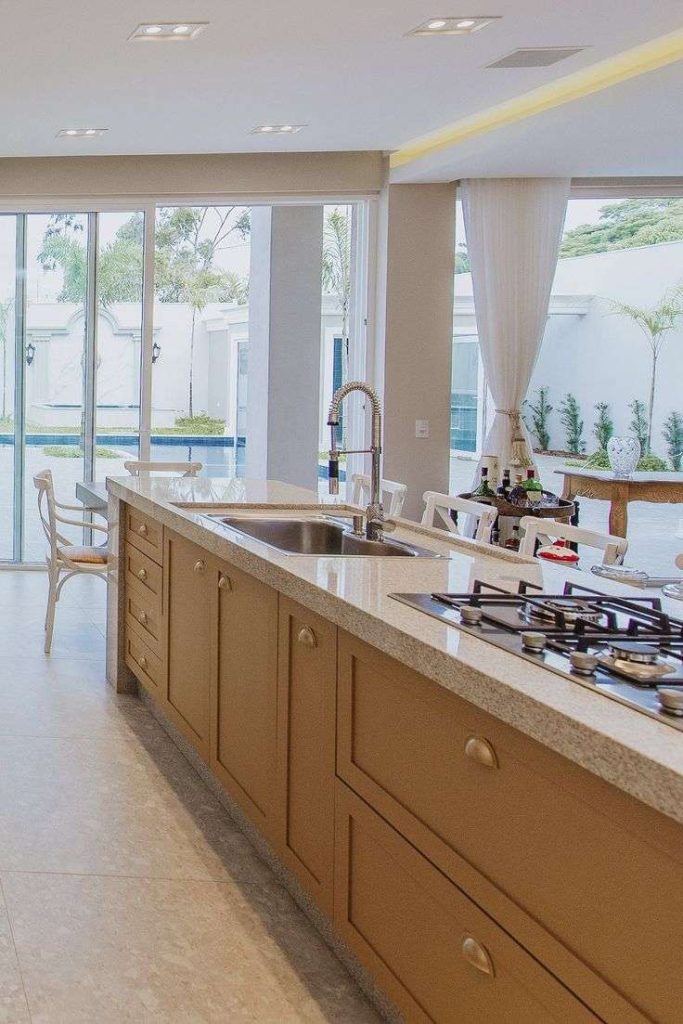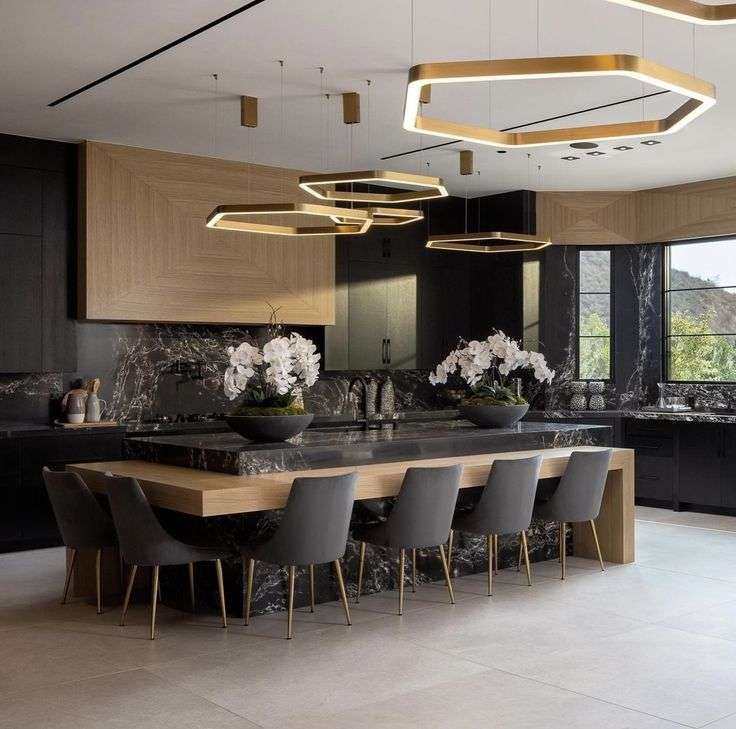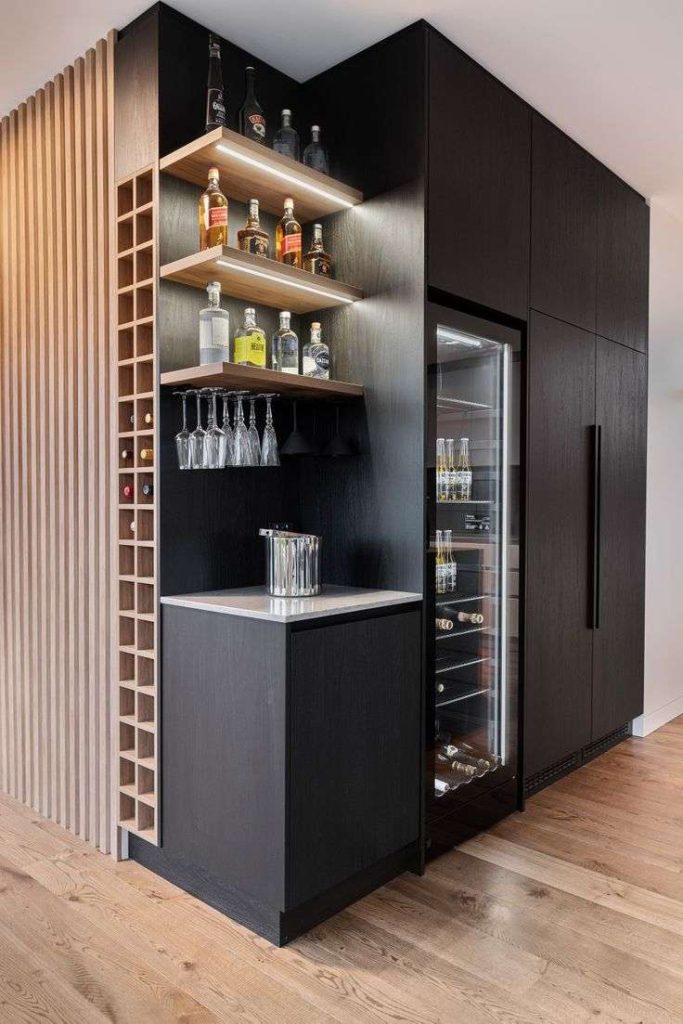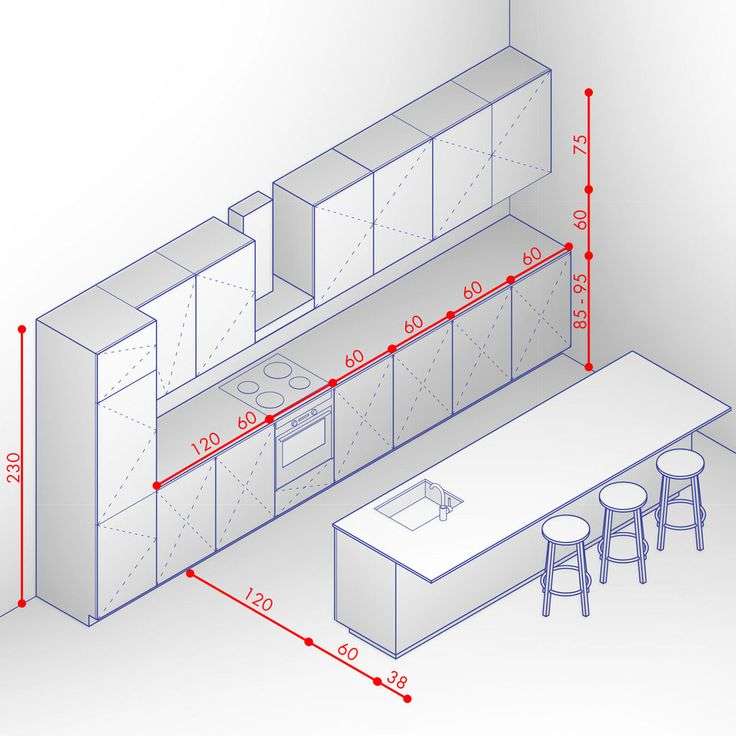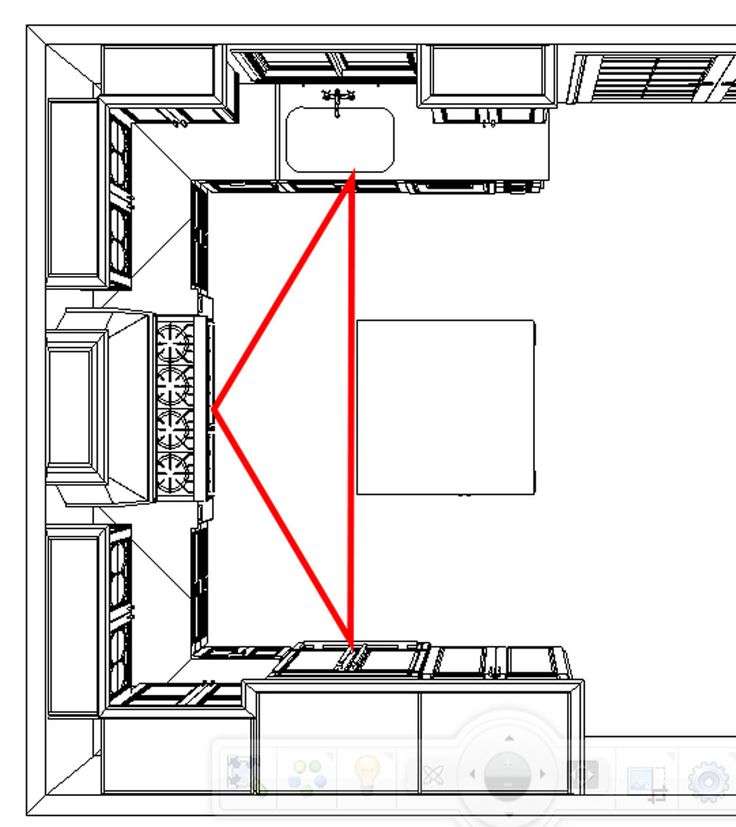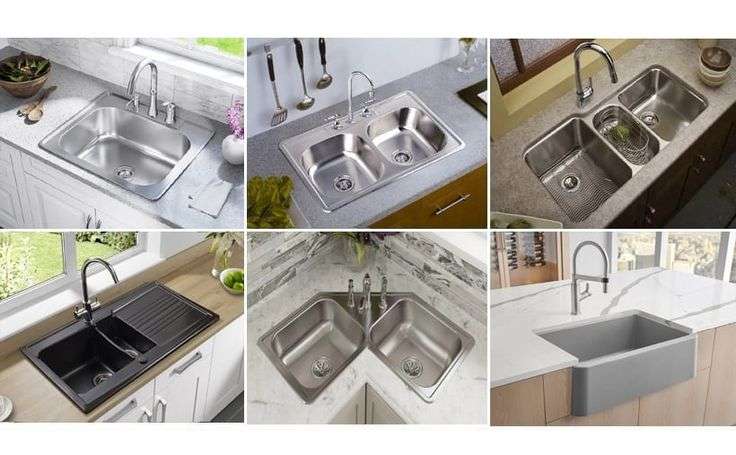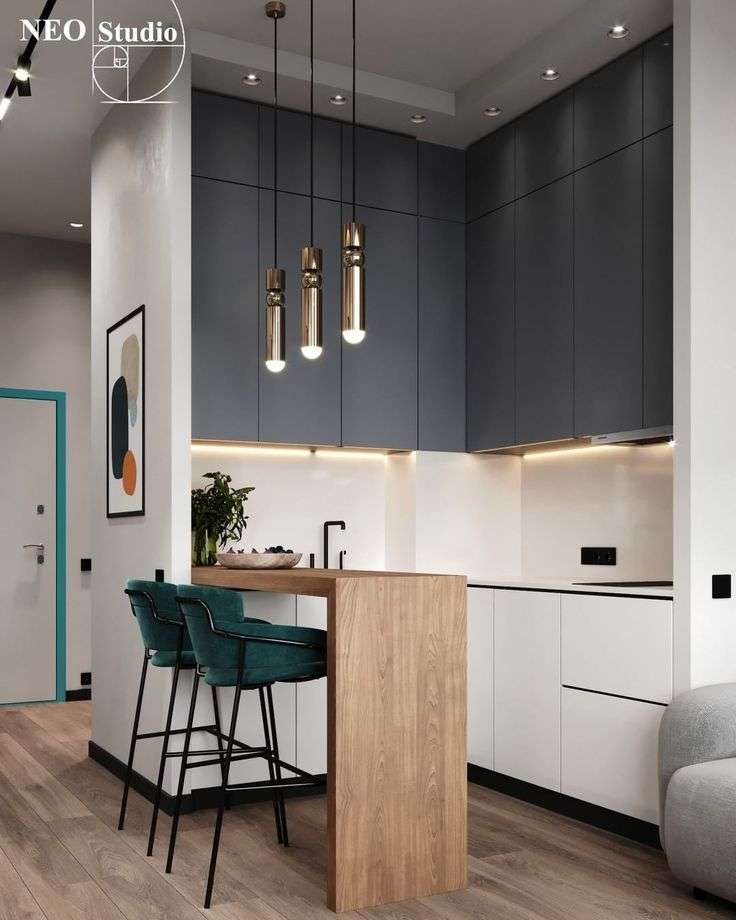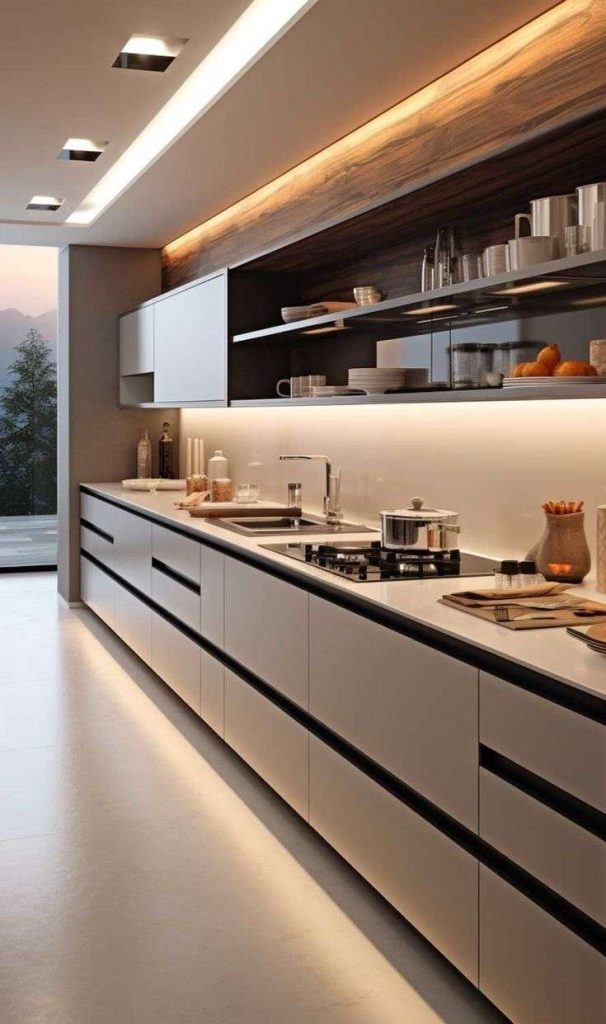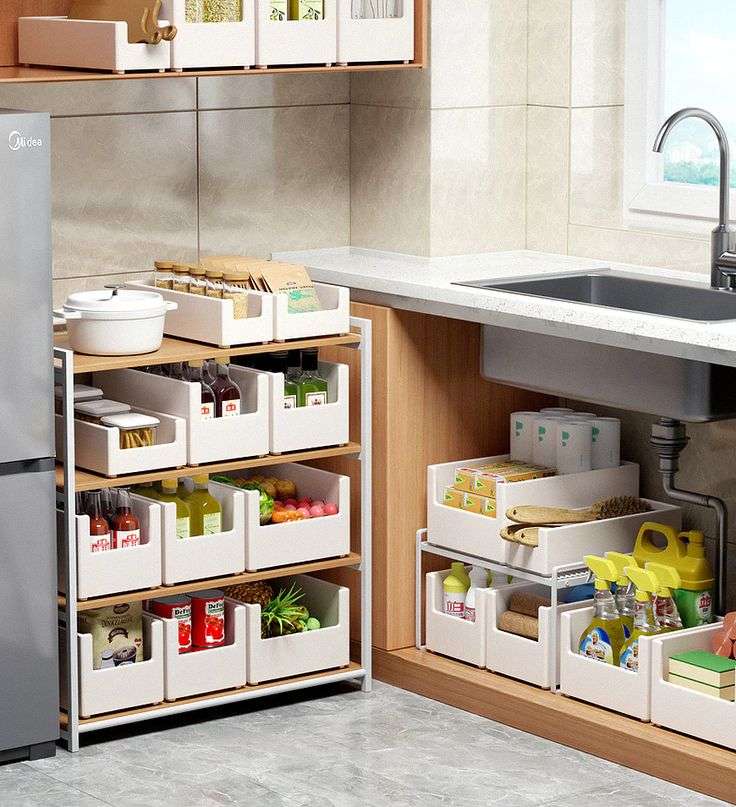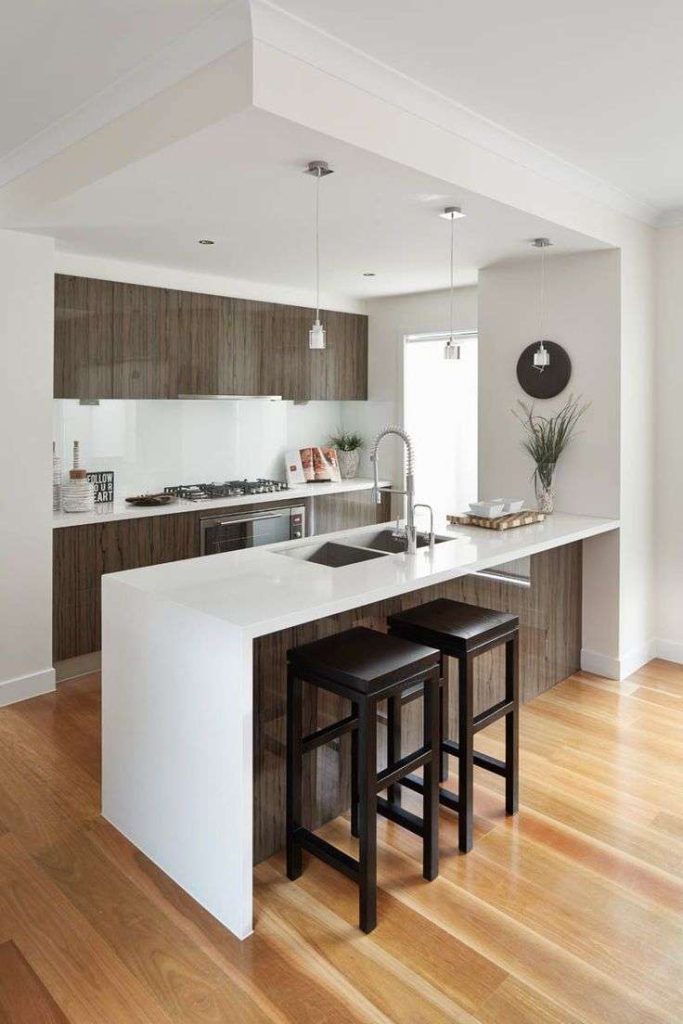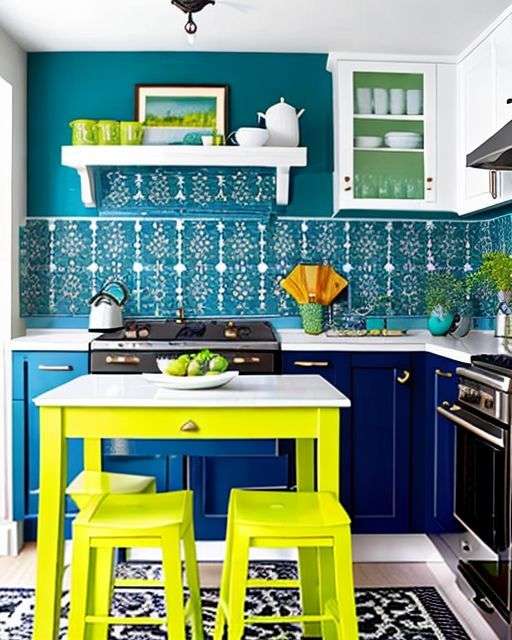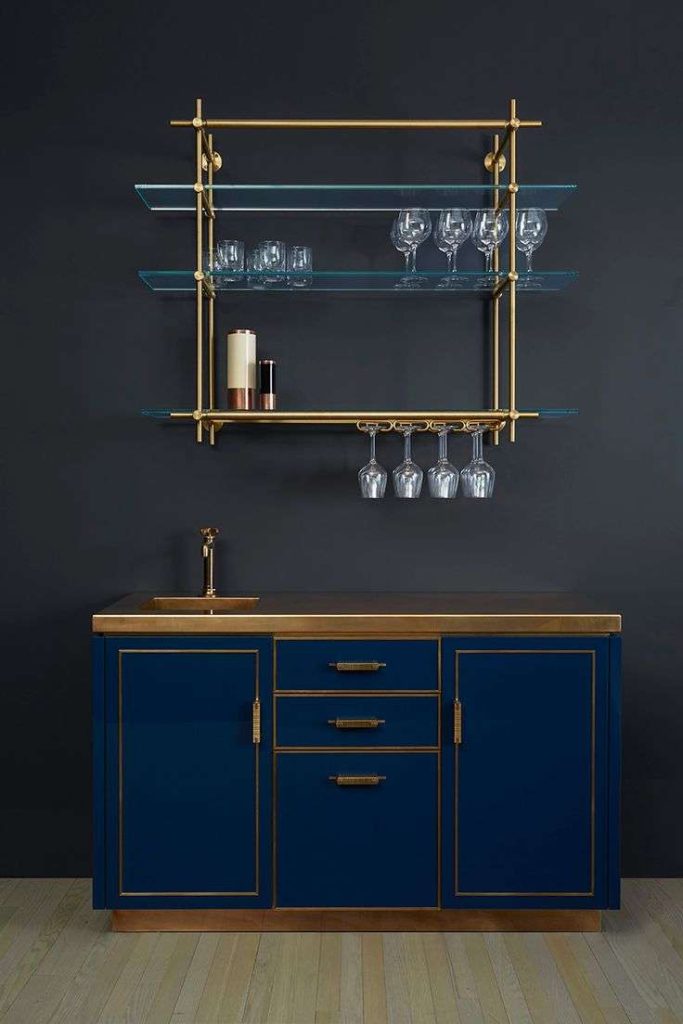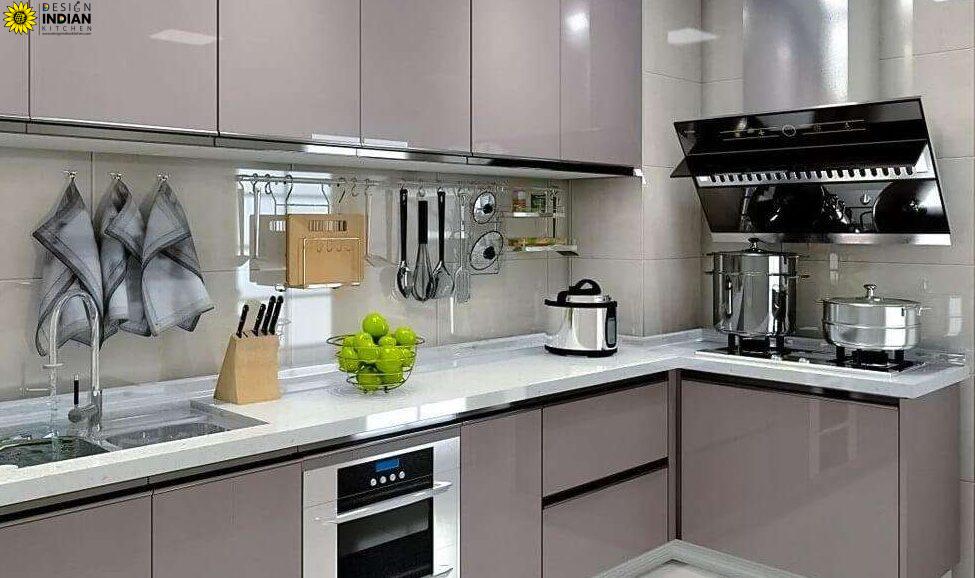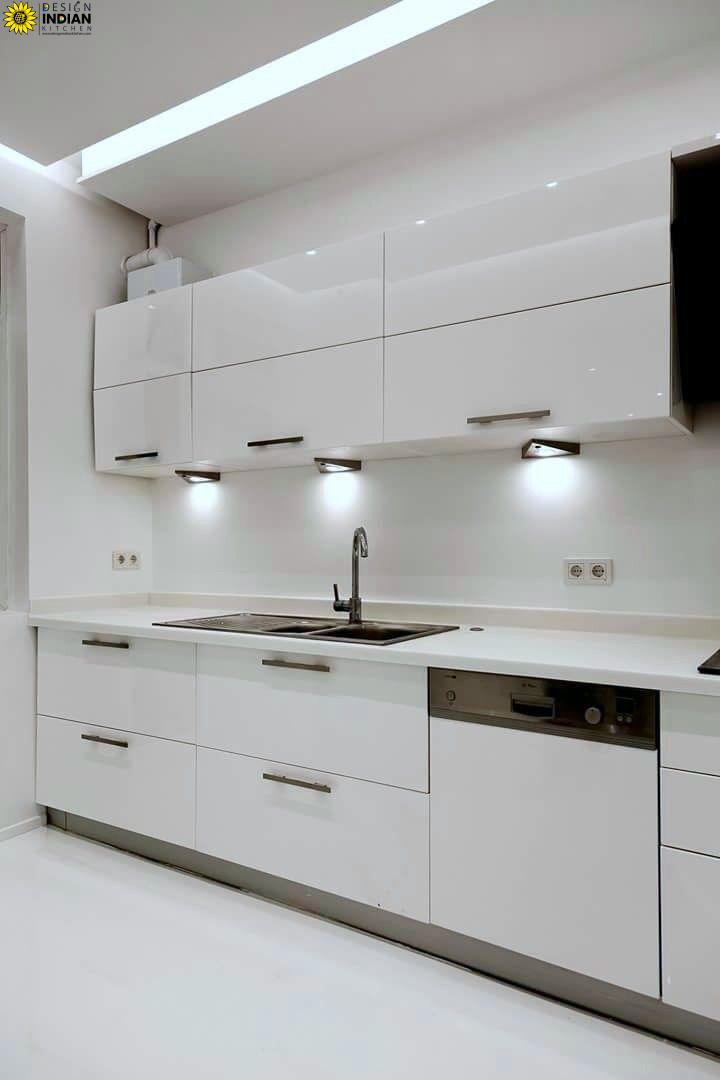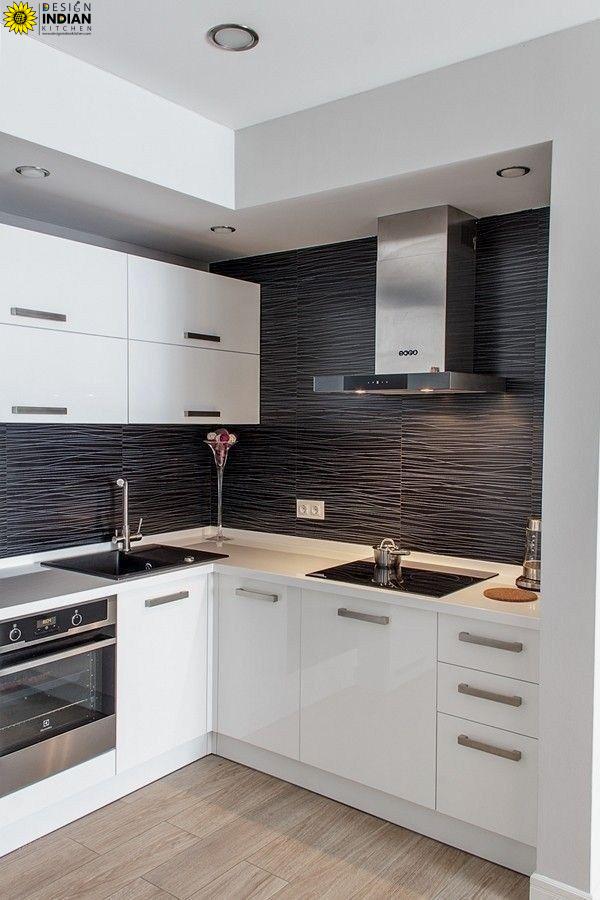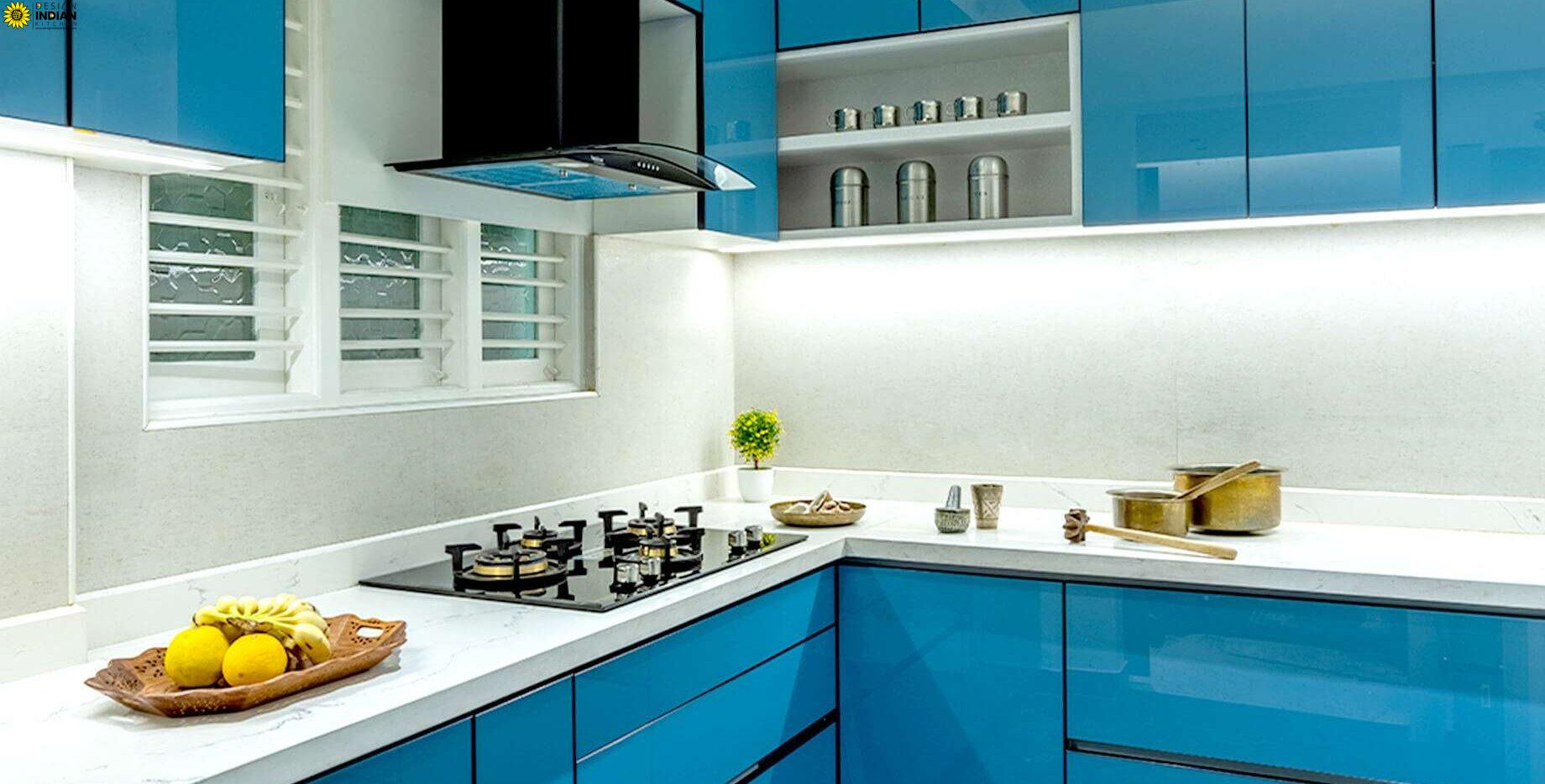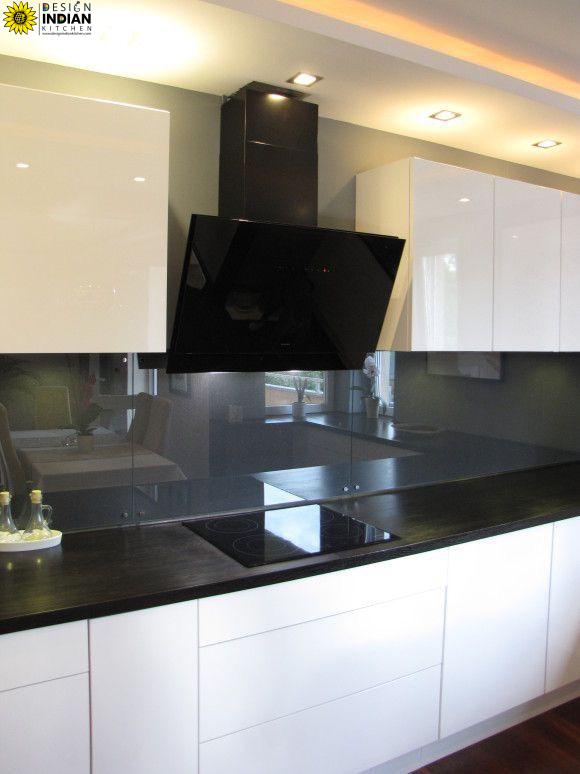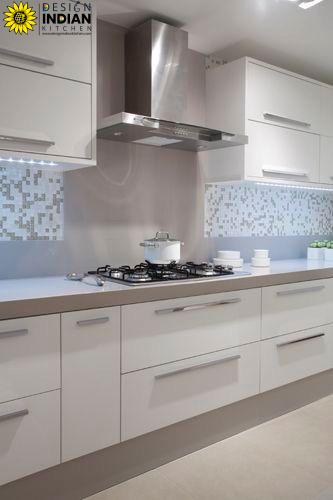The kitchen is often considered the heart of the home, and the cabinets play a crucial role in defining its aesthetic and functionality. Over time, homeowners may find themselves contemplating whether to renovate or reface their kitchen cabinets. Both options have their merits and drawbacks, and making an informed decision requires a thorough understanding of the processes involved and the impact on your kitchen space. In this article, we will delve into the details of renovating and refacing kitchen cabinets, exploring the differences, benefits, costs, and considerations for each option.
Renovating Kitchen Cabinets
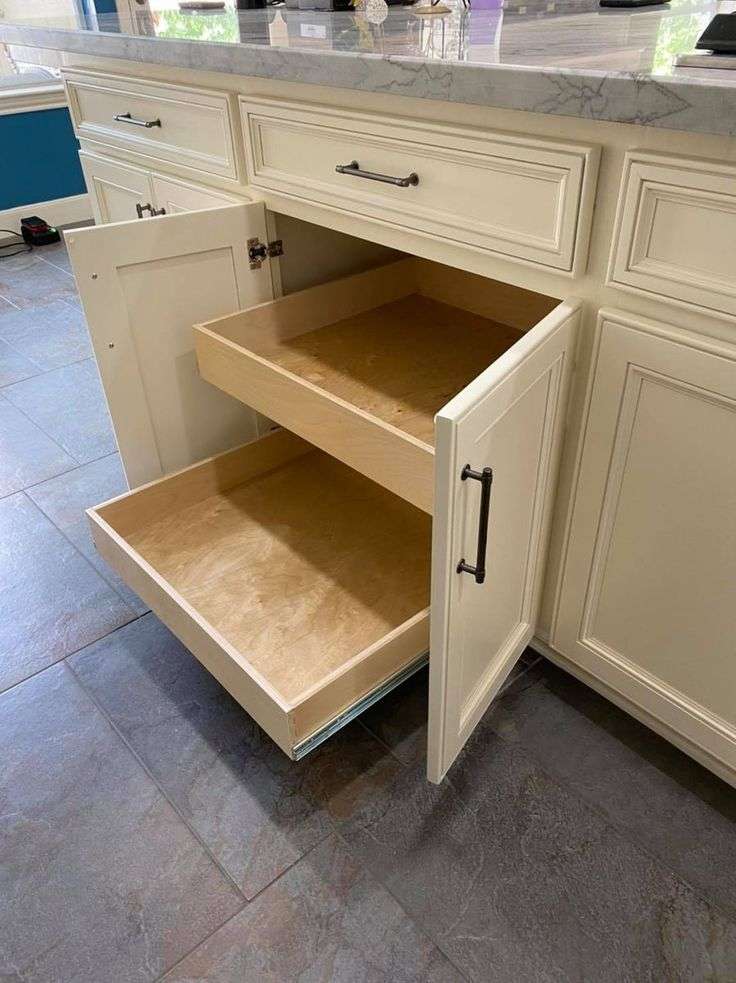
Renovating kitchen cabinets involves a complete overhaul of the existing cabinetry. This typically includes removing the old cabinets, replacing them with new ones, and often modifying the layout or structure of the kitchen. Renovations offer a blank canvas, allowing homeowners to make significant changes to the overall design and functionality of their kitchen space.
Benefits of Renovating
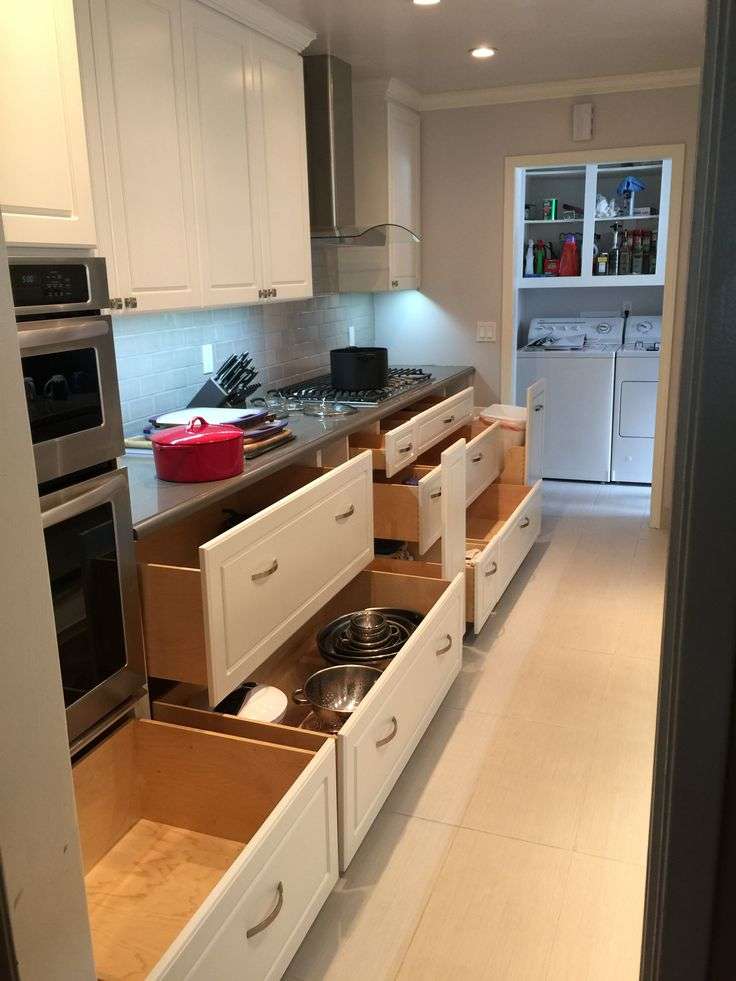
-
- Customization: Renovating your kitchen cabinets allows for complete customization. You can choose the materials, colors, and styles that align with your personal taste and the overall design theme of your home.
- Layout Modifications: If you’re looking to change the layout of your kitchen or add new features like an island or pantry, renovating provides the flexibility to make structural changes to accommodate your vision.
- Increased Home Value: A well-executed kitchen renovation can significantly increase the value of your home. Potential buyers often prioritize a modern, functional kitchen when considering a purchase.
Considerations for Renovating
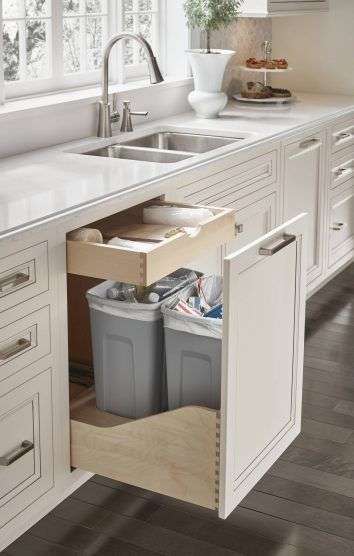
-
- Time-Consuming: Renovations can be time-consuming, requiring careful planning and coordination of various tasks. Depending on the extent of the changes, your kitchen may be out of commission for an extended period.
- Costly: Renovating kitchen cabinets is often more expensive than refacing. Costs include new cabinetry, materials, labor, and any additional structural modifications.
- Disruption to Daily Life: The renovation process can disrupt your daily life, especially if the kitchen is a central hub for meals and family activities. Temporary arrangements may be needed during the construction phase.
Refacing Kitchen Cabinets
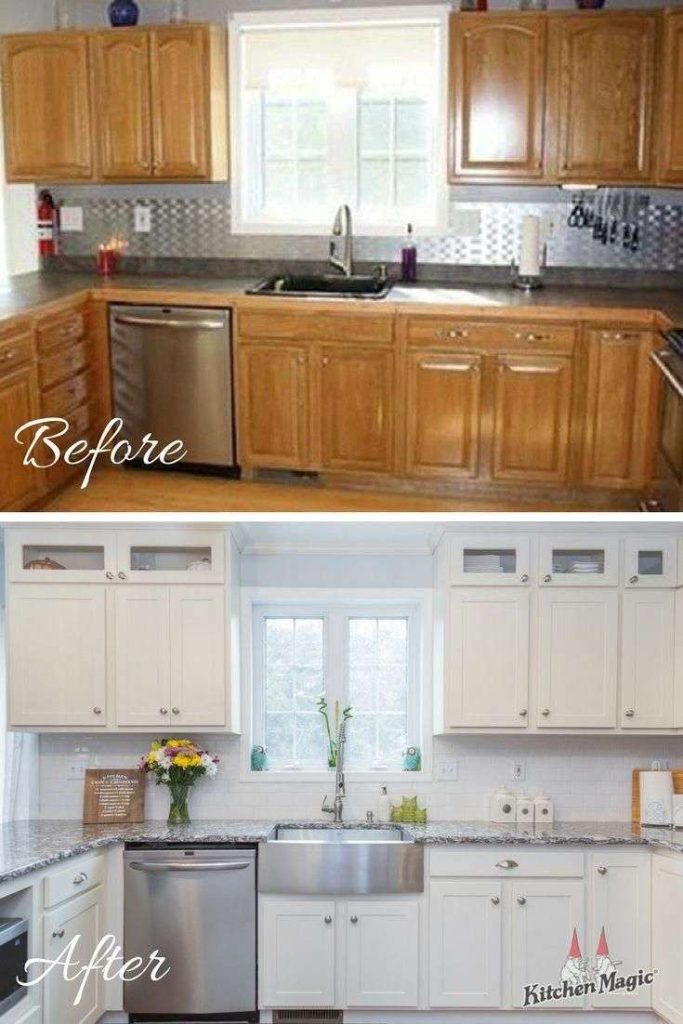
Refacing kitchen cabinets involves updating the exterior appearance of the cabinets while keeping the existing cabinet boxes intact. This process typically includes replacing cabinet doors, drawer fronts, and hardware, as well as applying a new veneer or laminate to the cabinet boxes. Refacing offers a more budget-friendly option compared to a full renovation, while still providing a fresh look for your kitchen.
Benefits of Refacing
- Cost-Effective: Refacing is generally more budget-friendly than renovating since it utilizes the existing cabinet structure. Homeowners can achieve a significant aesthetic upgrade without the high costs associated with new cabinetry.
- Time-Efficient: Refacing projects are often completed more quickly than full renovations. The process involves less demolition and construction, minimizing the disruption to your daily routine.
- Environmental Impact: By reusing existing cabinet boxes, refacing contributes to sustainability efforts by reducing the need for new materials and minimizing waste.
Considerations for Refacing
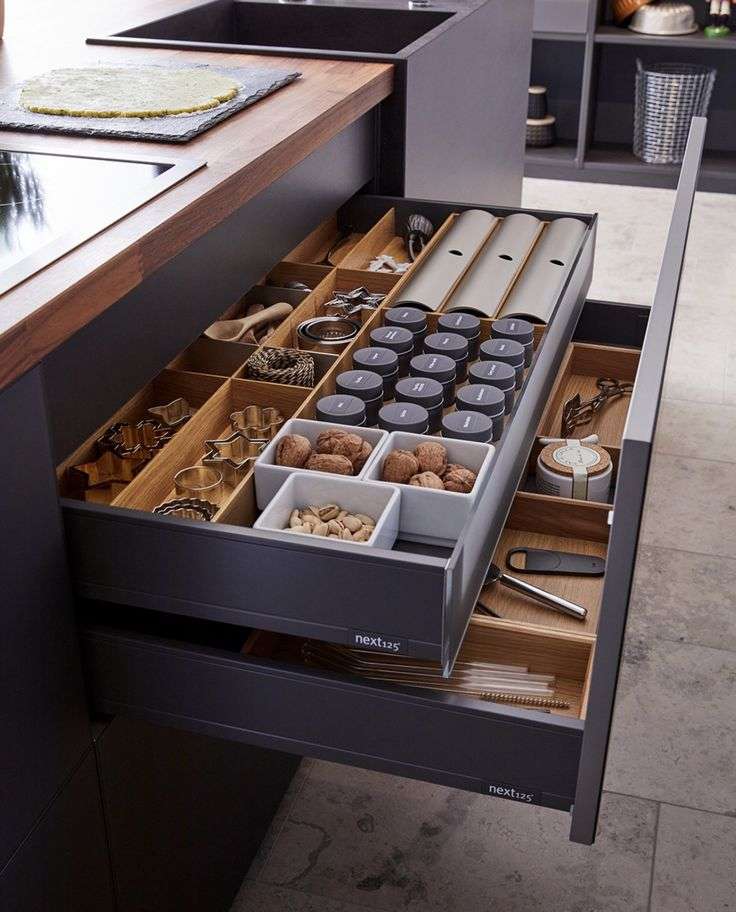
-
- Limited Customization: While refacing allows for a fresh look, it may not provide the same level of customization as a full renovation. The existing layout and structure of the cabinets limit design changes.
- Condition of Existing Cabinets: Refacing is suitable for cabinets in good structural condition. If your existing cabinets are damaged or deteriorating, a full renovation may be a more practical solution.
- Value Impact: While refacing can enhance the aesthetics of your kitchen, it may not add as much value to your home as a comprehensive renovation would.
Making the Decision
The decision between renovating and refacing ultimately depends on your goals, budget, and the condition of your existing cabinets. Here are some key factors to consider:
-
- Budget Constraints: If you have a limited budget, refacing provides a cost-effective solution to update your kitchen’s appearance. However, if budget constraints are not a primary concern, and you desire a complete transformation, a renovation may be the better choice.
- Time Sensitivity: If you’re looking for a quick and relatively hassle-free upgrade, refacing is the more time-efficient option. Renovations, on the other hand, require careful planning and execution, which can extend the timeline significantly.
- Customization Needs: If you have specific design preferences and want a customized kitchen, a renovation allows for greater flexibility in choosing materials, layouts, and features. Refacing is better suited for those who are content with their existing layout and want a cosmetic refresh.
- Existing Cabinet Condition: Assess the condition of your current cabinets. If they are structurally sound and in good shape, refacing is a viable option. However, if there are issues like water damage, warping, or structural problems, a renovation may be necessary for long-term durability.
Conclusion
In the comparison between renovating and refacing kitchen cabinets, there is no one-size-fits-all answer. Both options have their advantages and considerations, and the choice ultimately depends on your preferences, budget, and the condition of your existing cabinets. Whether you opt for a full-scale renovation to achieve a completely customized kitchen or choose the more budget-friendly option of refacing for a cosmetic refresh, the key is to make an informed decision that aligns with your goals and enhances the heart of your home.

